Interview Christiaan van Heijst - Pilot with a camera
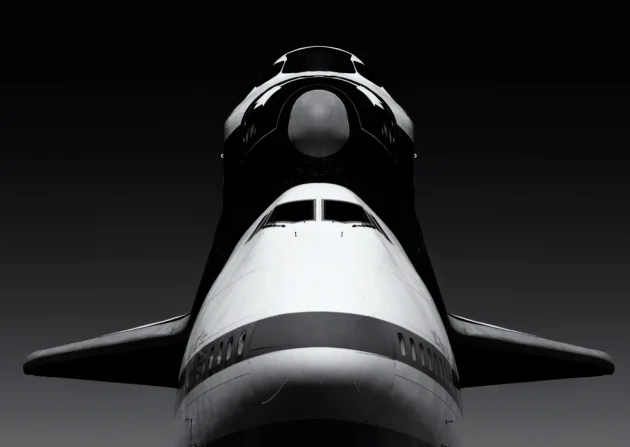
When he was very young, Christiaan van Heijst flew with his parents from Amsterdam to Washington DC, across Greenland. The trip high above the clouds with the dazzling landscape below made a big impression and would lead to his later choices in life. Christiaan van Heijst (1983) trained as a pilot and now flies Boeing 747 cargo planes. The Dutchman is also an internationally known photographer. He paid for his first gliding plane lessons with money earned from newspaper rounds. The award winning photography is self-taught. Prominent publications like Times and National Geographic include his work, that has also been shown on international television. In 2019 he was Special Photographer of the Year, Lucie Awards (International Photography Awards, IPA).
Since, he regards photography as his second career. Christiaan van Heijst now presents his graphic images as Fine Art and explains: ‘From my very first flights as a student-pilot, I felt the desire to document and share the views from my perspective as a pilot. Convinced that more people would see the unifying beauty of our planet the way I see it from my privileged position in a cockpit, far from earth.’
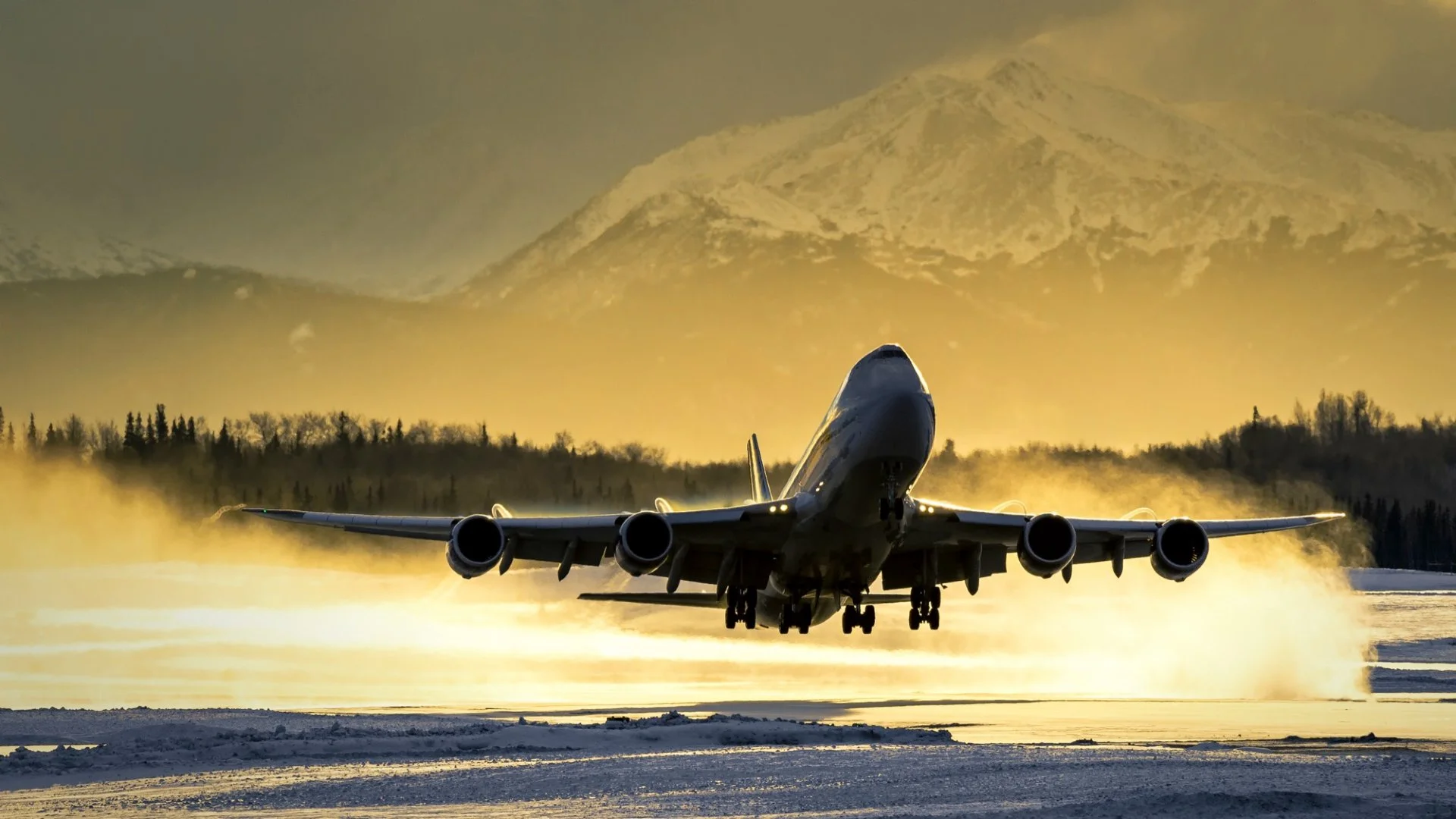
When does feature photography by a pilot become Fine Art?
This question will always cause debate, there is no clearcut definition. To me Fine Art is an expression that shows the world in a way not yet seen before, inviting reflection. I show the world seen from my cockpit, the unrivalled views from stratosphere, and of the technology enabling me to get there: the plane itself. The perspective fuels thoughts about our planet’s beauty. On the ground I try to capture images to evoke the same kind of feeling – admiring the beauty, trying to detect something new with a straightforward composition, or in play of light and shadow. Something that may offer more insight.
In my eyes feature photography and Fine Art go well together. Feature photography can capture certain situations before they disappear for ever. Some photographers produce powerful images showing the bare truth. This could be combined with a more profound message. With Fine Art, the creator may also offer an insight, touch on a theme or a sentiment. I often post my photos on social media, with some thoughts to invite reflection. Many people appear to like this. They recognise these thoughts.
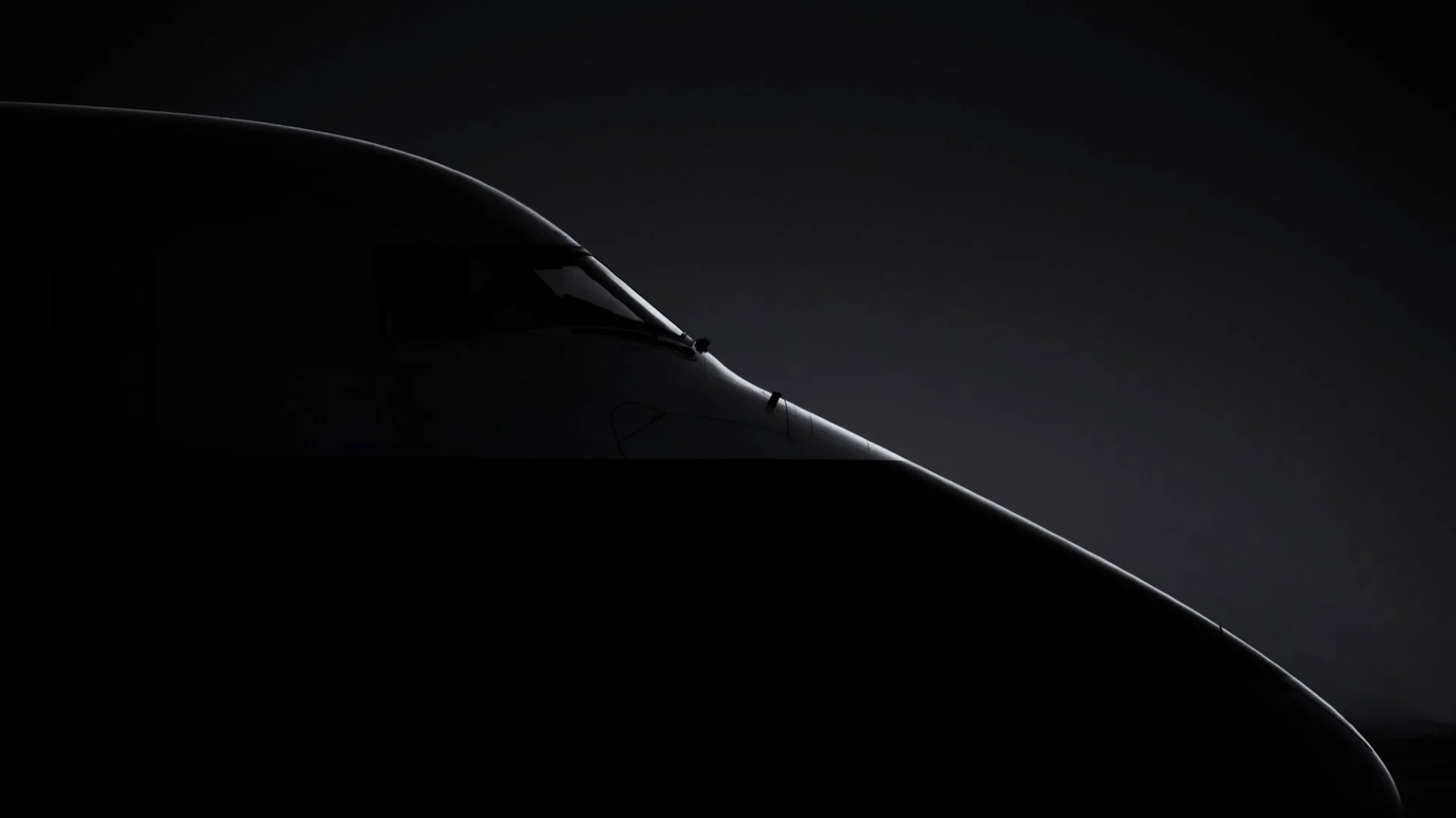
How do you work as a photographer?
I shoot the images during the flight. I concentrate on the technical side of photography. Back home I store everything on a hard disk. Only after I have rested and feel space in my head I will look at what I have shot. Normally, the best images immediately jump out, and I start editing. Sometimes this is days after the flight, sometimes months later. Flying on intercontinental routes eats a lot of energy, and it is not always easy to combine my limited social life with a flight program and being creative.
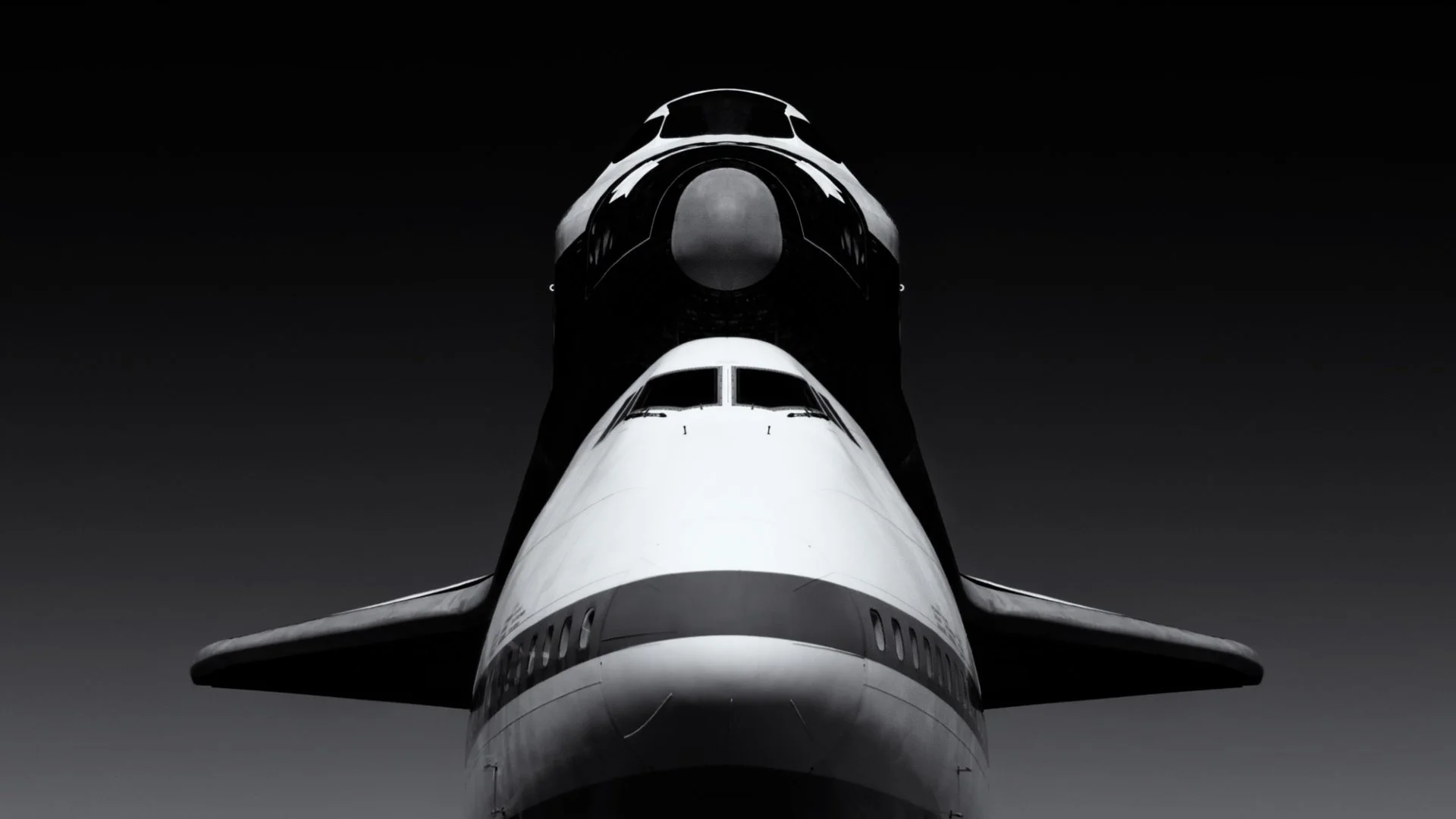
Was art part of your upbringing?
Not as such, but reading, thinking, music and creativity were encouraged by my parents. Later I started to be interested myself in various art forms, and other expression of the mind. For me, art is expressing our subconsciousness and what is in the mind. Not connected to upbringing or environment, but a way to connect and share emotions. For some, this is present from a young age, for others this develops later.
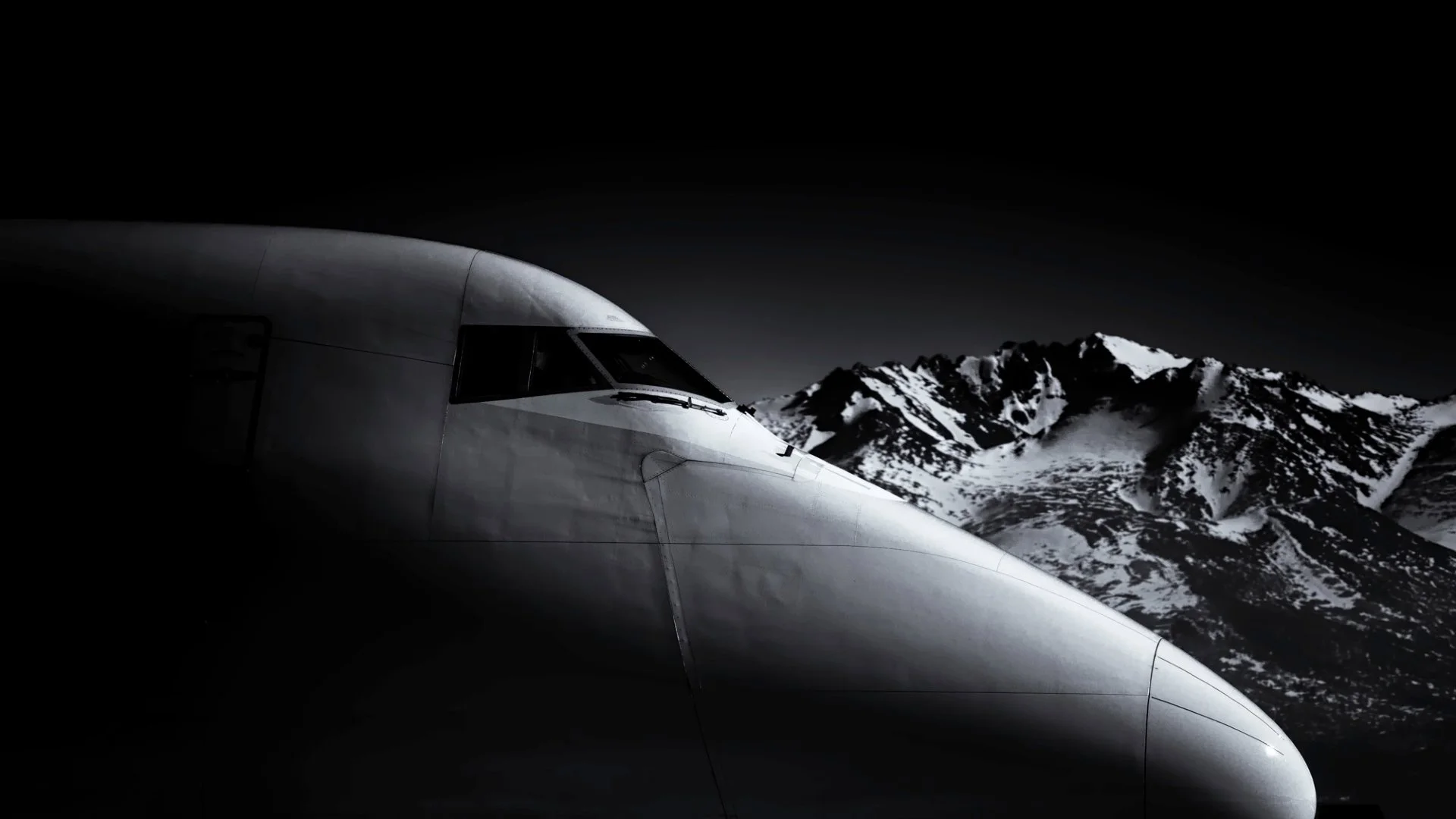
Hopper features in your work. Which other artists or art movements are an example to you?
Books, music and films inspire me. In film, I pay attention to composition and the use of light. Of course, I enjoy work of other photographers, but for me ‘photography’ in itself is the means and not the end.
I admire painters who use light to emphasise emotion and mood. In my eyes Hopper is an absolute genius. The nostalgia and use of light in his compositions raises questions and emphasises loneliness in an unparalleled way. I have updated ‘Nighthawks’, one of his most famous paintings, by giving it a more modern ‘Cargo pilot’ touch with a 747-cargo plane in the background, and dressing the two men at the bar in a pilot uniform. It highlights the at times isolated existence of a cargo pilot, the way I experience it myself. My version is a tribute and salute to Hopper.
Nico Peeters inspires me with his near photo-realistic paintings with industrial, maritime and aviation scenes, with unsurpassed nostalgia and melancholy. Very powerful.
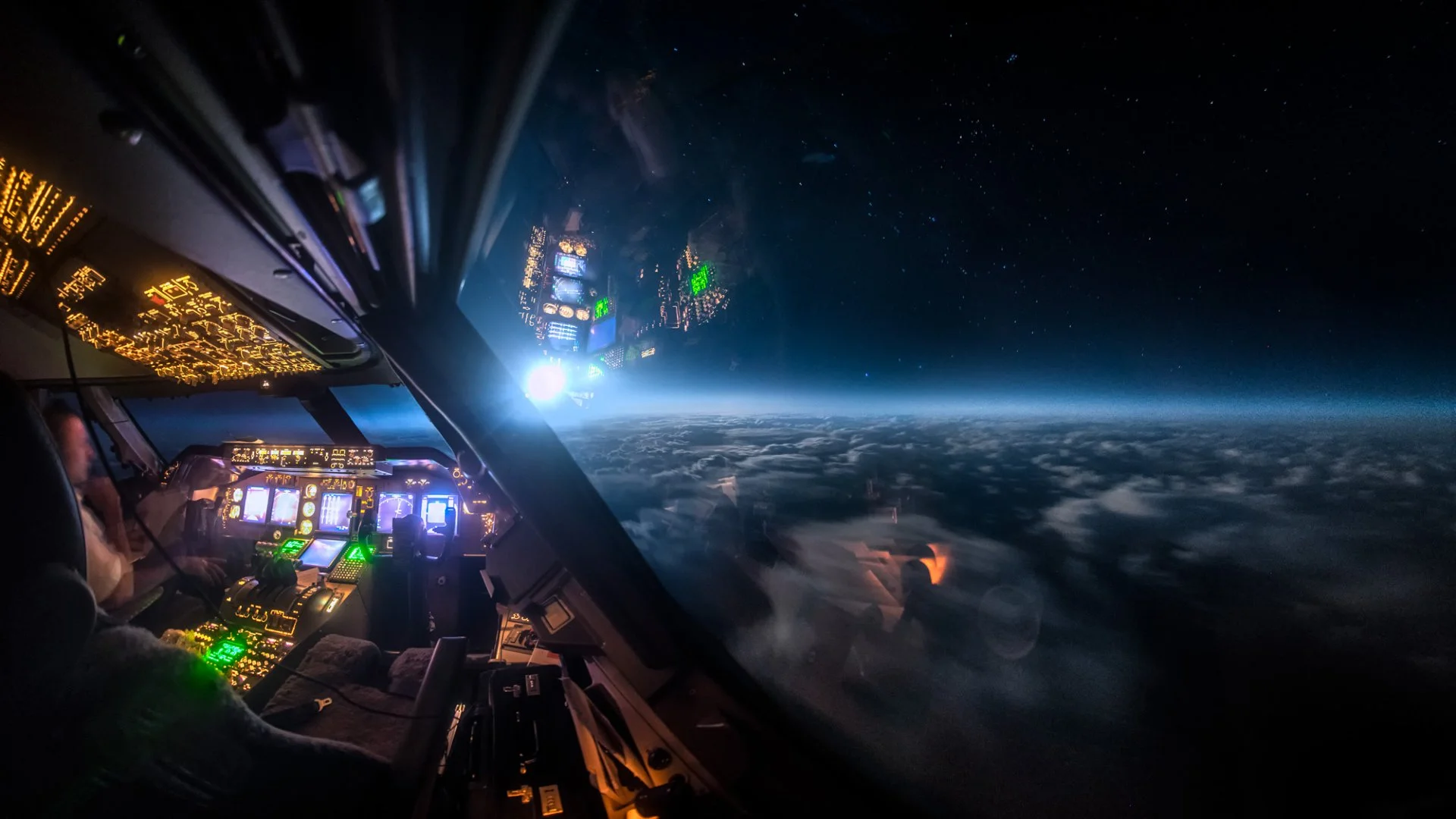
As a photographer you are self-taught. How do other photographers regard your work?
Gallery owners and professional photographers literally laughed at me in the past. Some even refused to look me in the eye or even talk to me at functions after hearing I am ‘the pilot with a camera’. As if a pilot is incapable to understand photography. Fine. I just do what my heart tells me in everything I do, win awards, and now notice the ‘in crowd’ is gradually changing opinion.
Yes I am self-taught, often out of necessity. Taking photos from a cockpit is a rather specialist technique I had to ‘invent’ myself. You are dealing with thick layered windows and extremes in light that cameras struggle with. Other pilots now ask me about it. I recently heard the Dutch Photo Academy uses some photos of mine as an example of exposure and composition. A big compliment.
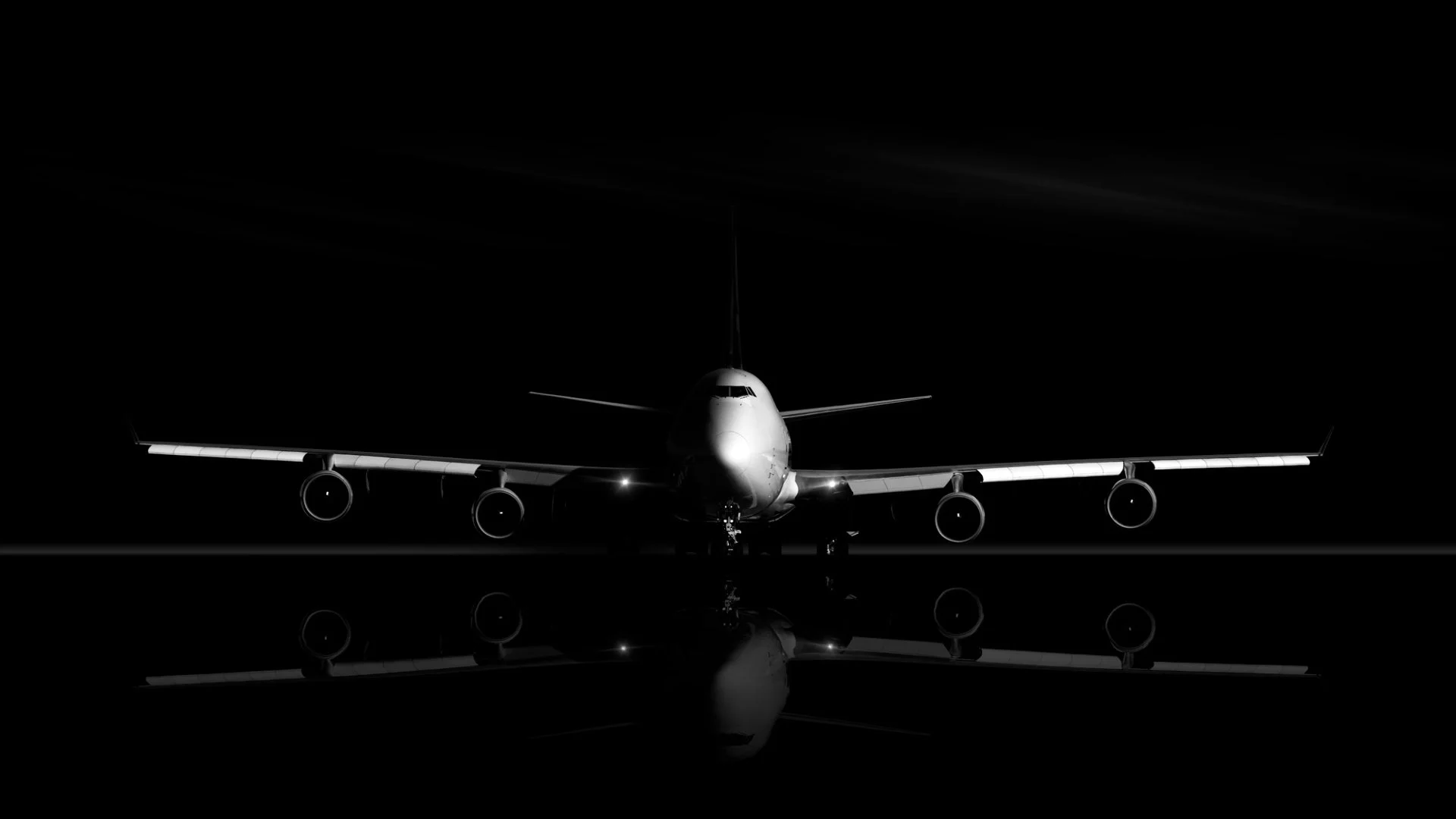
To cut a long story short: official schooling does not guarantee a photographer’s creativity or work. But consistent quality and content do. What I say is: set yourself ambitious targets, work towards them and don’t worry about what others think. Once everybody laughed when I said I wanted to become a 747 Captain. But that is what I am now. The sky is NOT the limit.


